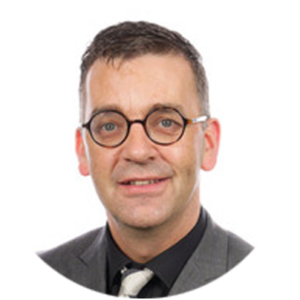‘We do not learn from experience. We learn from reflecting on experience.’
John Dewey
We all know how schools work. Adults teach children. Children learn from adults.
But consider this for a moment. When exploring the why and how of the professional growth of those employed in a school, shouldn’t we start by looking at what we expect of students? The short answer is yes. We should take a leaf from our students’ books.
School teachers and school leaders have clear expectations of how students should approach their learning. For example, we ask our students to consider where they are in their learning. For this, we provide them with evidence of how well they are doing from a range of places. We have conversations with them. We have them complete assessment tasks. We have them self and peer assess. We ask them questions and we have them pose questions to themselves and others. We remind them of the importance of both their individual contribution and the part they will play when collaborating.
We then work with them to plot the best path forward – allowing them to move to their next level of understanding or the acquisition of a new or higher skill. We do this in a carefully structured environment that allows our students to feel comfortable when taking risks with their learning. We make no secret of this being a continuous process – that while they may pass through stages, the ‘end’ will never really be reached. We help them to understand that, like those of us who enjoy walking in the outdoors, there will be false summits. And yes, we let them know that, while it might be frustrating to master one stage only to see another emerge over the horizon, it is still a worthy endeavour.
Although we may not always tell them explicitly, we are asking our students to embrace evidence-based, reflective collaborative practice. And we remind them that, in addition to improving their learning outcomes, taking increasing responsibility for their own learning is a healthy by-product. Indeed, we might even tell them that this is the primary goal, not a by-product. We can learn much from our students when considering our own professional growth. Those who work in schools must share a common understanding that we are all part of a learning community; learning is not solely the domain of our students. And again, as we expect of our students, those who work in schools must understand the impact of what they do – be they those who directly interact with students in the classroom or those with a less direct but no less critical role in supporting students’ learning. With the support of others, they should be able to arrive at a position that is informed by feedback and reflection – a position from which they can plot their own professional growth. And periodically, they should take stock and plan – intelligently navigating forward in a way that responsively takes advantage of unexpected opportunities and negotiates unforeseen obstacles. Schools, like other organisations, put in place a range of mechanisms to achieve this. In some instances, these might be highly structured programs. In others, the process may take a more subtle, less formal form. But, irrespective of how it is structured, the underlying principle remains the same – evidence-based, collaborative reflective practice.
Successful and continuous professional growth requires that a culture of leaning becomes the norm. It begins with a mindset that accepts the need for and actively seeks individual and collective improvement. And where best to look for inspiration than in the very people we are here for – the students who are in front of us. Indeed, as the physicist Arno Allan Penzias so perceptively observed: ‘I feel that I learned a lot more from my students than I could possibly have taught them.’
Peter Westhead
Director of People, Strategy and Culture



